Text


very short comic of harrow checking ianthe's molars or whatever tf she was doing
3K notes
·
View notes
Text
Coming to the realization that if ur an ml or self proclaimed communist but not part of an org at the end of the day that's just anarchism.
0 notes
Photo

Reading the Howl’s Moving Castle book and it is wonderful so here’s Howl as I picture him, simultaneously looking cooler and more sinister than he actually is.
1K notes
·
View notes
Text
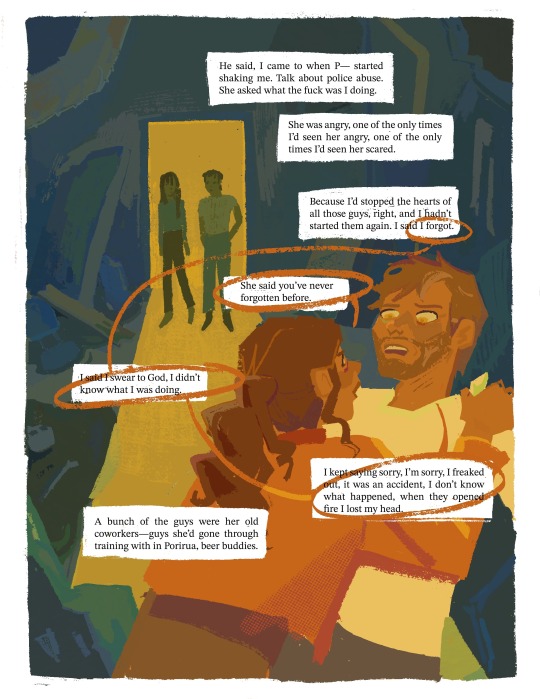



I'm obsessed with this moment in NTN, where we realize that John is no longer the prey but the predator
4K notes
·
View notes
Text



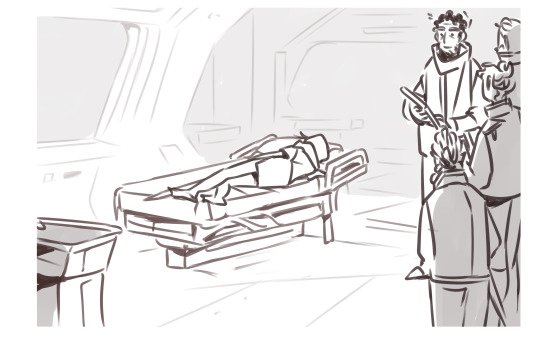
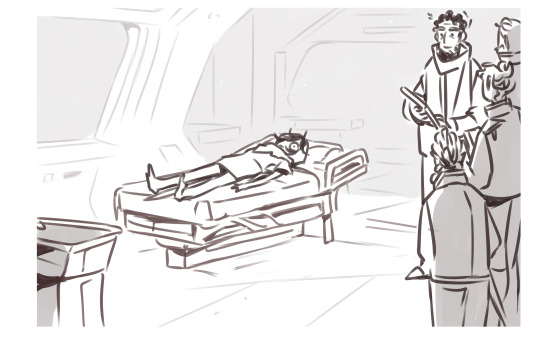




started re-reading htn
10K notes
·
View notes
Text
every single farmer i ever worked for knew exactly how they were being occupied and manipulated by huge agriculture corporations like monsanto. every line cook ive ever been coworkers with knew exactly how they were being taken advantage of. the working class doesnt need theory to understand their material world. they need the money that will let them organize and they need the space to organize. they need material support. not dialectical. stop telling everyone to read a fucking book. get them health insurance + dental then well talk.
29K notes
·
View notes
Text

my first griddleharks designs when i started reading gtn (they have changed a lot ever since then but i'm still fond of them)
sketch dump in the cut?






2K notes
·
View notes
Text

7K notes
·
View notes
Text
i'm giving china all my personal info for free and i hope they invite me over there
6K notes
·
View notes
Photo

“A little heartthrob” The Canadian Goose and Vermilion Flycatcher
129K notes
·
View notes
Text


If China is so good, then why do they prosecute me for skirting labor laws???? Checkmate chicom athiests!!!1!!
4K notes
·
View notes
Text
Livable Streets in China

In 2019, there were almost one billion passenger-trips on public transit in the US. This is roughly the same number as that of Tianjin, a city in China with only 13 million people. China as a whole has more than this, the USA's total yearly number of passenger-trips, every single day. Evidently, when it comes to transit infrastructure, China's doing something right.
I'll note that I'm only talking about urban transit, here - China's vast high-speed railway network is already well discussed, and fills a space occupied, in the US, by domestic airline flights. When it comes to urban public transport, China is king. China has the longest metro system in the world, in Shanghai, with 400 stations and 800 kilometers of track. China also has the second, third, fourth, fifth, and sixth longest metro systems - in fact, the only metro system in the top ten not in China is the Moscow Metro, built by the USSR - and half the size of Shanghai's.
Still, there's room for improvement! The Central Urban Work Conference convened in 2015, the first since the beginning of opening up, marked a paradigm shift in urban design. China's qualitatively change, from a rural to an urban country, is a recent transition, and it takes time for its effects to equalise. Before discussing the most advanced leaders of China's urban drive towards livable streets - which are literally tearing up highways to build parks instead - it might be useful to get a broader view.

The city of Zhuzhou, in Hunan province, is a small, third-tier city of only a million people. Being a third-tier city, its situation is different from the first- and second-tier cities, who developed, and have been strongly introduced to, new urban design paradigms. The city's rapid motorisation impacted the vitality of its urban centre, deterring street-front social interaction and general livability. The city government considered this a large issue, and began moving funds away from highways and road expansions, and towards the renovation of smaller streets. Now, for context, in this scenario of unchecked motorisation, 78% of Zhuzhou's residents still travel by walking, cycling, and taking public transit.
When it came to Zhuzhou's approach to these issues, it was one that comprised of many approaches touted internationally. Streets are thinned, and given chicanes to reduce car speed. Drivers are able to see their speed more clearly on thinner streets, and, psychologically, feel unsafe driving at high speeds. Sharp corners and dog-legs are built onto streets, to physically ensure slower speeds, especially at intersections and crossings. Slip lanes are removed, and islands are added to pedestrian crosswalks. Pedestrian crossings, rather than dipping down into the street, remain level, physically forcing cars to slow down as they make their way up, like a speed bump, and enforcing the perception that the cars are infringing into a pedestrian space.

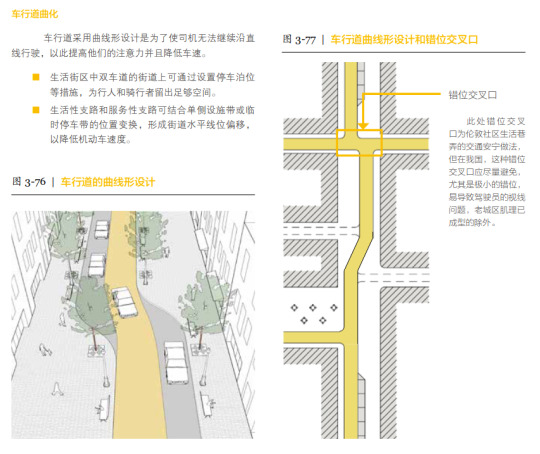
Some approaches were more unique, and integrated building design. Part of the city's design manual focused on the somewhat-common but less discussed feature, of aspect ratio - the vertical height of buildings for a given horizontal space, important for avoiding the depressing, flat expanses of tarmac that make up US sprawl. Another focused on the integration of pedestrian overpasses and underpasses into buildings, and the enforcement of building overhangs and arcades that provide a sheltered space.

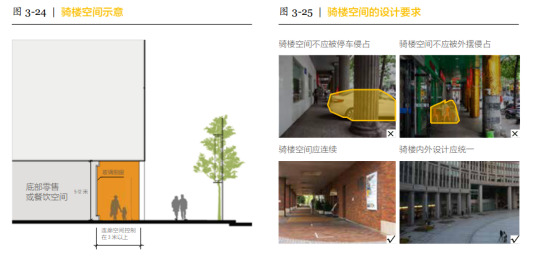
These are the changes put into motion in third-tier cities, meeting and exceeding the beacons of urban design often presented in the west. When it comes to first-tier cities like Shanghai, the award-winning Shanghai Street Design Guidelines are realising advanced, human-centred urban design for greater numbers of people than ever before.
2K notes
·
View notes














